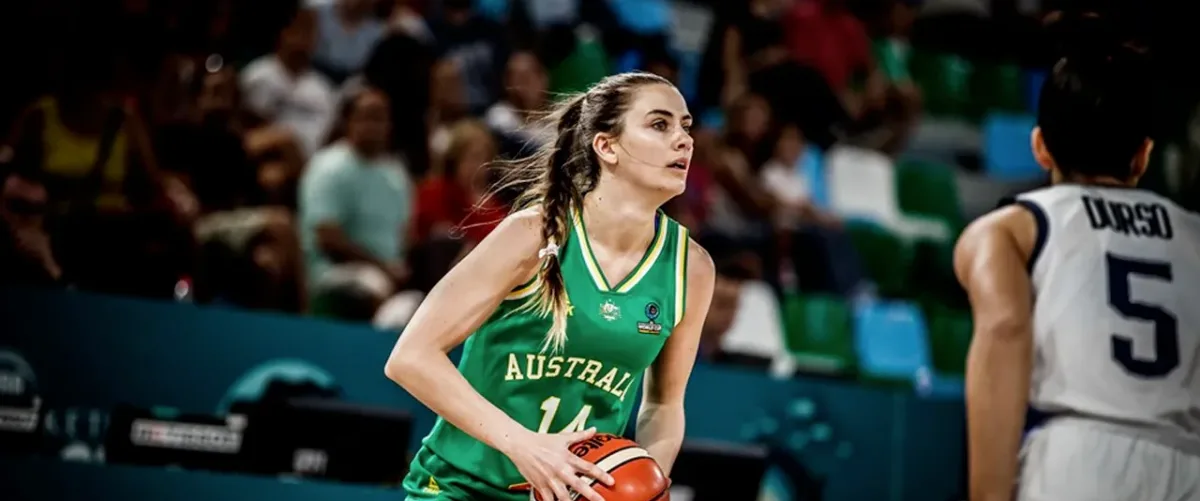Coaches at all levels of the sport understand and value the importance of fundamentals and incorporate teaching and drilling of these platform skills in their practice sessions.
We often refer to the “Fantastic Five” of youth basketball – pivot, pass, dribble, shoot and guard your man and these five areas are relevant at all levels of the sport and remain a sound foundation for coaches to prioritise at all levels of the sport.
Passing remains a challenging skill to teach, drill, develop and refine, even with the increased focus on the drive and kick and pick and roll concepts in recent times.
One of the common takeaways with Australian teams and coaches that travel for international competition, especially to Europe, is the passing skills of opponents is advanced from our teams and athletes.
While this can be somewhat of a generalisation, we do need to consider how we impact this all-important aspect of the game and how we can incorporate more purposeful teaching and drilling into our programs.
The Chest Pass still exists –
One of the common myths espoused is the chest pass is not part of the game anymore. Coaches are quick to point out the importance of passing with the outside hand and off the bounce, which are both important and relevant skills. But the ability of players to fire a firm, flat pass down the line in transition, or laser a flat pass from one side of the floor to the other are still common actions in the game of basketball.
Basketball is not a game of absolutes. While we know the modern player requires a raft of passing types in their kit bag, this should not be at the expense of a platform skillset such as being able to pass on time, on target to the advantage of the receiver.
At the recent FIBA Under 19 World Cup, the elite teams were able to consistently create high percentage shots in transition or broken play with their ability to move the ball down the floor with on time, on target chest passes to the advantage of the runner.
Jump stop, jump stop, jump stop –
At the Tokyo Olympics, the ability of players at all positions to create passes on the move is breathtaking and there are constant highlights of players moving at speed and then threading the needle to shooters or cutters.
What doesn’t make the highlight reel is the simple play, where a player gets two feet in the paint, comes to a jump stop and delivers a pass to the advantage of a team-mate.
No question passing on the move and being able to pass off different footwork is crucial, but again, not at the expense of the ability to play off two feet and stay balanced at the end of the penetration.
In youth basketball, a high percentage of passing turnovers can be linked to the feet and a player not having the appropriate balance or vision the jump stop can provide. This is especially important at the end of penetration – can your players come to a jump stop in traffic and use a pivot to create a passing window?
The passing relationship –
When a passing turnover occurs, the common response is to lay the accountability of the passer. The old coaching adage of “the pass is your responsibility until the receiver catches it” remains a sound approach.
But successful and efficient passing is about the relationship between the passer and the receiver. With the increased prevalence of the dribble hand-off (DHO) at the youth level, the art of creating a lead and worthwhile target has diminished.
For the pass to the be made on time, on target, the receiver needs to create separation from the defender, provide a clear and strong target hand and time the lead to arrive as the ball arrives.
It’s not what you teach, it’s what you prioritise –
Like with any skill or concept, it is folly for a coach to bemoan the lack of skill or execution in the passing area if it is not taught and practiced efficiently.
Teaching and drilling pass is like any skill or concept, the more you expose players to executing the skill in a game-like and relevant setting, the better they will be.
Everyone wants to get two feet in the painted area and find open team-mates against a collapsing defence – passing is key to this happening. Have you linked the platform skill with the concept or more-so, the desired outcome.
Improving passing is not necessarily committing to do more “passing drills” in practice. During a practice, the players will make plenty of passes in the various drills. The challenge is to identify the teachable moment, provide feedback and celebrate the small wins to demonstrate you value this important skill.




Leave a Reply